No, you can’t just slap any bindings on any skis - it’s not that simple. Ski and binding compatibility depends on factors like ski construction, binding type, and boot compatibility. Here’s the gist:
- Safety First: Mismatched bindings can lead to equipment failure or injuries.
- Traditional Skis: Brands like Rossignol or Atomic need precise binding setups, often requiring professional installation.
- Boot Match: Your boots must align with your bindings for proper function and safety.
- Snowfeet: These shorter skis have integrated bindings, skipping the usual headaches. They work with snowboard boots, ski boots, or even winter shoes, depending on the model.
In short, traditional setups require careful coordination, while Snowfeet simplifies the process for a more user-friendly experience.
WBW Alpine Ski Binding Compatibility Issues
What Determines Binding Compatibility
When it comes to ski bindings, compatibility boils down to three main elements: the ski's construction, the type and standards of the bindings, and whether your boots match up. These factors are key to understanding how Snowfeet* has reimagined traditional setups. As the Snowfeet Team explains:
"Ski bindings are not universal. Several factors determine compatibility, including boot type, ski width, and mounting options. Choosing the wrong bindings can affect your control, safety, and skiing performance."
Ski Construction and Mounting Areas
Traditional skis from brands like Rossignol, Atomic, and Head are built with reinforced zones specifically designed to handle the stress of mounting bindings. These areas are critical because drilling holes for bindings can weaken the ski. Precision is everything - proper measurements and expert mounting are essential to avoid compromising the ski's durability.
Snowfeet* takes a completely different route. Their bindings are integrated directly into the ski during manufacturing, offering a seamless and versatile experience. If you're working with traditional skis, however, you'll need to choose bindings with brake widths that are 5 to 15 millimeters wider than the ski's waist measurement. This ensures the brakes clear the snow properly.
Binding Types and Standards
Bindings come in a variety of standards, each designed for specific skiing styles and equipment. For example:
- Alpine bindings (ISO 9462): Ideal for downhill skiing, paired with alpine boots (ISO 5355).
- Touring bindings (ISO 13992): These allow for an uphill heel lift and are compatible with touring boots.
Touring bindings, like those from Marker, often come with a hefty price tag and added complexity. Hybrid touring bindings attempt to balance uphill efficiency with downhill stability, but they also bring higher costs and intricate setups.
Snowfeet* simplifies this entire process. Their bindings are built into the product and work seamlessly with snowboard boots. This eliminates the need to juggle binding standards, boot types, or ski specifications. Compare this to traditional options like Multi-Norm Certified (MNC) bindings, which are compatible with Alpine (ISO 5355), Touring (ISO 9523), GripWalk, and WTR soles, or Marker’s Sole.ID bindings, which support multiple boot types but come with higher prices and added complexity.
Boot Compatibility and Binding Interface
Matching your boots to your bindings is critical for safety. If the two don’t align, the bindings may not release properly, increasing the risk of injury. Traditional alpine setups require careful coordination between boot sole types and binding designs. Here's a quick breakdown:
| Boot Type | Alpine Bindings | GripWalk Bindings | MNC Bindings | WTR Bindings | Sole.ID | Tech/Pin Bindings |
|---|---|---|---|---|---|---|
| ISO 5355 - Alpine DIN | ✓ | ✓ | ✓ | ✓ | ✓ | ✓ |
| ISO 9523 - Touring | ✓ | ✓ | ✓ | |||
| ISO 23223 - GripWalk | ✓ | ✓ | ✓ | ✓ | ✓ | |
| Walk To Ride (WTR) | ✓ | ✓ | ✓ | ✓ | ||
| Non-Compliant Touring | ✓ |
For example, GripWalk soles (ISO 23223) work with MNC bindings, Marker Sole.ID bindings, GripWalk-specific designs, and tech/pin bindings. WTR soles, on the other hand, are compatible only with WTR, MNC, and tech/pin bindings.
Snowfeet* skips these complications entirely. By working with snowboard boots, their products allow for immediate use without worrying about matching specific boot types to bindings.
Next, we'll dive deeper into the different binding types and why Snowfeet* continues to lead in simplicity and performance.
Types of Bindings and Their Uses
Knowing the different types of ski bindings can help you choose the right setup for your skiing style and gear. Each type has its own purpose - whether you're tearing down groomed slopes or venturing into untouched backcountry - and comes with varying levels of complexity and price.
Alpine and Touring Bindings
Alpine bindings are the go-to choice for downhill skiing. These bindings are designed to securely attach your boots to your skis while prioritizing safety. They feature a release mechanism based on the DIN setting, which helps reduce the risk of injury during falls. Trusted brands have fine-tuned these systems for both reliability and durability.
The design is simple yet effective: the bindings clamp onto the toe and heel of your boot, giving you excellent control for carving turns or tackling jumps. However, they’re on the heavier side and require specialized alpine ski boots.
Tech bindings, on the other hand, are built with lightweight touring in mind. Instead of the traditional clamping system, they use pins to attach to your boots, making uphill travel much easier. While they’re ideal for ski tourers focused on weight savings, these bindings trade off some downhill stability.
Hybrid bindings combine features of alpine and touring systems, offering versatility for those who want both uphill capability and the safety release of alpine bindings. A good example is Frame AT bindings, which work with both AT and alpine boots. However, they’re heavier than tech bindings, which might be a drawback for long tours.
While these traditional systems balance performance for specific needs, Snowfeet* takes a different approach by streamlining design and functionality for added versatility. Let’s dive into how Snowfeet* changes the game.
Snowfeet* Bindings: A Different Approach
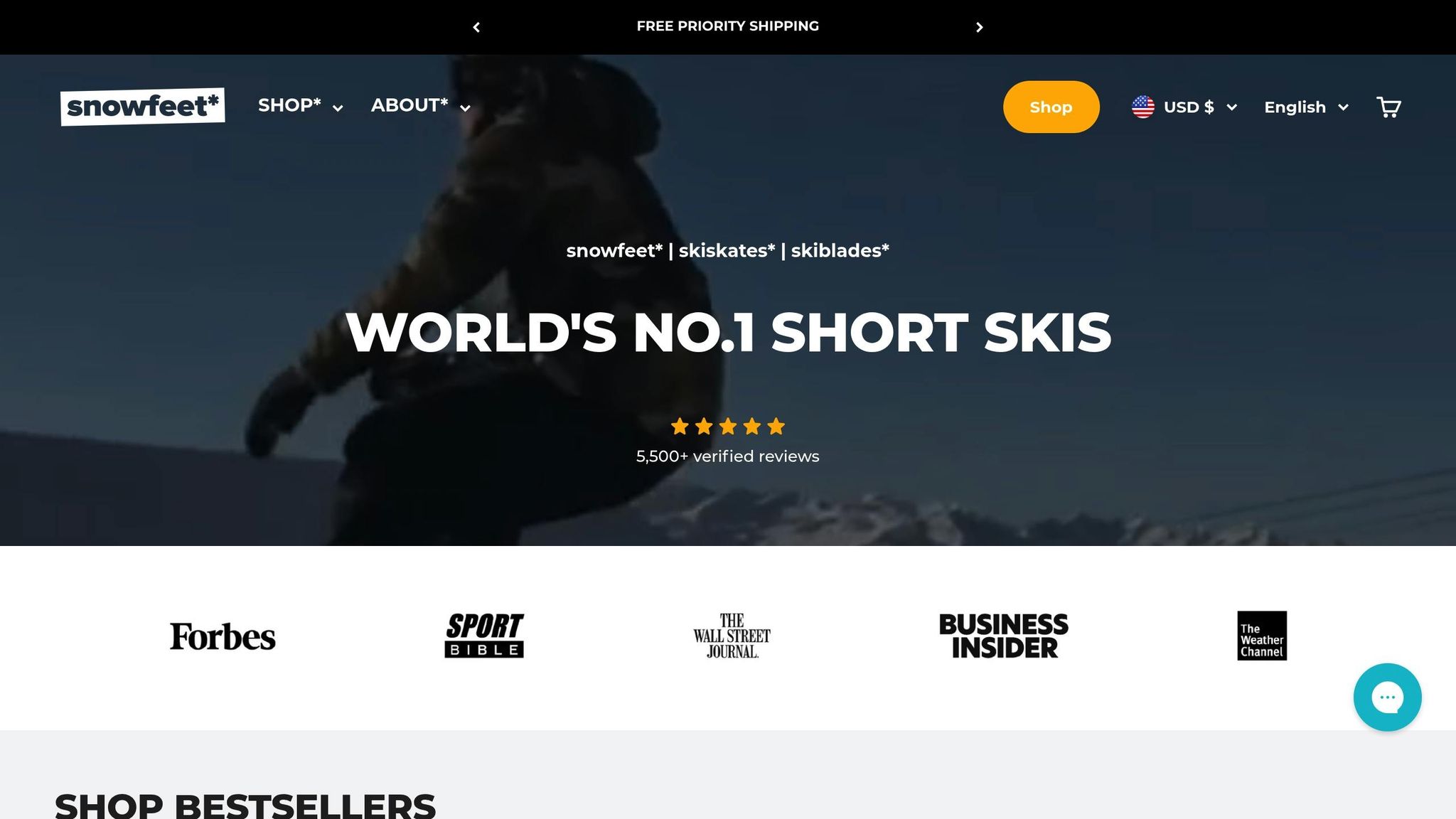
Snowfeet* has reimagined binding systems by integrating them directly into their products during manufacturing. This eliminates the hassle of figuring out compatibility or needing professional adjustments.
One standout feature of Snowfeet* bindings is their flexibility with footwear. Unlike alpine and touring bindings that lock you into specific boot types, Snowfeet* bindings can be used with winter shoes, snowboard boots, or ski boots, depending on the model. As Snowfeet* explains:
"Snowboard bindings give you more flexibility while performing all kinds of tricks, they offer superior comfort and mobility, enhancing the overall ski experience."
Their range of products includes options for various skill levels and preferences. For example:
- 38 cm Mini Ski Skates and 50 cm PRO models: Compatible with any winter footwear.
- 44 cm Skiskates and 65 cm/99 cm Skiblades: Work with ski boots or snowboard boots.
- 120 cm Short Skis: Require ski boots exclusively.
Snowfeet* offers three binding levels - Basic, Standard, and Pro X - each with different levels of durability and adjustability. These bindings are user-friendly, allowing you to strap in and go without needing professional help. As Snowfeet* puts it:
"Long enough to ski, short enough to skate. Easy to Learn and Use. Strap in and ride – no lessons needed."
Beyond their ease of use, Snowfeet* products are compact, lightweight, and highly portable. Unlike traditional setups meant for specific terrains like slopes or backcountry trails, Snowfeet* bindings open up a world of possibilities. You can use them on cross-country trails, hiking paths, sledding hills, or even your backyard. This makes them a fun and accessible option for winter adventures outside the usual ski resorts.
While traditional bindings remain essential for dedicated alpine or backcountry skiers, Snowfeet* has carved out a niche that’s all about fun, convenience, and versatility.
Benefits of Snowfeet* Products for Short Skis and Skates
Snowfeet* has carved out a niche by simplifying the world of short skis and skates. While big-name brands like Rossignol, Atomic, and Head focus on long skis with specialized gear, Snowfeet* takes a different route - offering lightweight, easy-to-use options that sidestep the hassles of traditional equipment.
Portability and Ease of Use
Snowfeet* products are incredibly portable. Weighing just 1.5 kilograms and packing down to dimensions of 16.85 x 6.54 x 5.04 inches, they easily fit into a backpack. Forget about lugging around bulky ski bags, dealing with roof racks, or stressing over airline fees - these are grab-and-go winter gear at its finest.
Vanessa from the UK shared her thoughts:
"These are amazing. Sturdy material. It has been so much fun to get some exercise this winter and use them on the path. The whole family has used on sled hills and paths. Kids love them."
Setting up Snowfeet* is a breeze. The adjustable bindings let you fine-tune the fit with just a screwdriver or extra toe straps. Unlike traditional ski bindings that require professional adjustments, these are straightforward and "one size fits all", accommodating US shoe sizes 6–13 (EU sizes 38–47).
John from the USA added:
"Exactly what I was looking for. I mainly use them for cross-country skiing. It works great and groomed paths are not absolutely necessary. The Snowfeet are perfect for my purposes as I just want to have some fun while skiing through the snowy nature."
This combination of portability and ease of use makes Snowfeet* a winner for spontaneous adventures and everyday winter fun.
Works with Different Footwear and Terrains
Traditional ski setups often lock you into pricey, specialized boots and bindings. Snowfeet* flips the script, working with winter shoes, snowboard boots, or ski boots, depending on the model. This flexibility opens up a range of terrains to explore. Whether you're hitting downhill runs, snow parks, hiking trails, sledding hills, or even your backyard, Snowfeet* has you covered.
The snowboard-style bindings provide a natural stance and better foot positioning for improved stability. As Snowfeet* puts it:
"The fast-turning ability of ski blades and skates is already a huge advantage, but pairing them with snowboard bindings elevates the entire experience."
This design isn't just about comfort - it also boosts maneuverability, letting you make sharp turns and quick moves with ease.
Cost-Effectiveness and Accessibility
Snowfeet* makes winter sports more affordable. Traditional ski setups often come with hefty price tags, requiring multiple pieces of specialized gear. In contrast, Snowfeet* offers a complete experience at a fraction of the cost. Prices start at just $150 for the 38 cm Mini Ski Skates, with the 50 cm PRO model priced at $199, and the 120 cm Short Skis available for $690.
But it’s not just about saving money - users consistently rave about the fun and performance. With over 5,500 verified reviews averaging 4.9/5, Snowfeet* has clearly struck a chord. Customers love the control and excitement these products bring to their winter adventures.
By removing the need for expensive lessons and lift tickets, Snowfeet* makes winter sports more accessible. As PANDORAMA, an Amazon customer, noted:
"Easy to learn and carry for snowboarder who hates watching skiers tread through."
Snowfeet* has designed bindings specifically for short skis and skates, avoiding the pitfalls of adapting oversized or overpriced snowboard bindings. This thoughtful approach ensures top-notch performance while keeping things simple and budget-friendly - perfect for both beginners and seasoned snow enthusiasts.
sbb-itb-17ade95
Snowfeet* vs Traditional Ski Brands Comparison
When comparing Snowfeet* to traditional ski brands like Rossignol, Atomic, Head, and Elan, the differences in design, usability, and overall experience are striking. Snowfeet* simplifies the skiing experience, offering a more accessible alternative to the intricate systems associated with traditional long skis.
The Complexity of Traditional Ski Gear
Traditional ski brands rely on DIN-standard bindings, which require professional mounting and precise adjustments. These bindings are compatible only with specialized ski boots, creating a rigid system that demands exact compatibility. On top of that, traditional setups require regular maintenance, adding extra costs and effort to the mix.
How Snowfeet* Stands Out
Snowfeet* eliminates these hurdles entirely. Their custom bindings are designed to work without risers, unlike other skiboards that often require snowboard-style bindings. This means you can skip the hassle of professional mounting while still enjoying reliable safety and performance.
Here’s a side-by-side look at how Snowfeet* compares to traditional ski brands:
Feature Comparison Table
| Feature | Snowfeet* | Traditional Brands (Rossignol, Atomic, Head, Elan) |
|---|---|---|
| Binding Compatibility | Custom bindings; no risers needed | DIN-standard bindings; professional mounting required |
| Footwear Compatibility | Works with winter shoes, snowboard boots, and ski boots | Requires specialized ski boots |
| Portability | Lightweight and easy to carry | Heavier; often needs ski bags or roof racks |
| Ease of Mounting | Adjustable with basic tools; DIY-friendly | Professional installation and adjustment required |
| Price Range | $150–$690 for complete setups | Higher costs due to separate purchases of skis, bindings, and boots |
| Terrain Flexibility | Suitable for slopes, parks, trails, and backyards | Best for groomed slopes and ski resorts |
| Learning Curve | Minimal; lessons often unnecessary | Steeper; lessons typically recommended |
| Maintenance | Simple and user-friendly | Requires professional servicing with indemnity restrictions |
Footwear Flexibility and Accessibility
One of the standout features of Snowfeet* is its versatility when it comes to footwear. Their products accommodate US shoe sizes 6–13 (EU sizes 38–47) and work with the winter footwear you already own. Whether you’re wearing snowboard boots, ski boots, or even sturdy winter shoes, Snowfeet* adapts to your needs. This flexibility not only makes Snowfeet* more convenient but also opens up terrain options that traditional skis struggle to handle.
Designed for Fun, Not Complexity
Snowfeet* focuses on making winter sports easy and enjoyable. While traditional ski brands are built for high-speed stability and technical performance, they come with steep learning curves and significant barriers to entry. Snowfeet* flips the script by prioritizing simplicity, affordability, and fun.
One notable difference is in binding stiffness. Snowfeet* bindings are slightly less stiff compared to skiboards with a third strap. This softer design enhances responsiveness for recreational users, aligning perfectly with Snowfeet*’s goal of creating an approachable and enjoyable experience.
For anyone hesitant about diving into the complexities of traditional ski systems, Snowfeet* offers a refreshing alternative. It’s skiing without the stress - just grab your gear, head outside, and enjoy the ride.
How to Choose the Right Bindings for Your Skis
Picking the right bindings for your skis doesn’t have to be complicated. Snowfeet* has made it easier by focusing on key factors like your skiing style, skill level, boot compatibility, and DIN setting needs.
Start with Your Footwear and Terrain
Snowfeet* offers three main binding types - Basic, Standard, and Pro X - designed to fit different boot styles and a variety of winter footwear. Whether you already own snowboard boots or ski boots, there’s a Skiskate option that works for you. This flexibility makes it easy to match your gear with your favorite terrain.
Consider Your Skill Level
If you’re new to skiing, Snowfeet*’s adjustable bindings are a great choice. They don’t have a release mechanism, but they adapt to different boot sizes with just a screwdriver. Unlike traditional alpine bindings that need professional adjustments and precise DIN settings, these bindings focus on comfort and easy use.
Match Your Gear to the Terrain
The type of skiing you plan to do matters. For downhill slopes or snowparks, Skiblades in 65 cm, 99 cm, or 120 cm lengths offer varying levels of stability and performance. If you’re tackling hiking trails, backyards, or mixed terrain, shorter options like the 38 cm Mini Ski Skates are perfect. The 44 cm Skiskates strike a balance between speed and slope performance.
Think About Portability and Cost
Traditional ski setups from brands like Rossignol or Atomic often mean buying skis, bindings, and specialized boots separately - adding up quickly. Snowfeet* offers complete setups ranging from $150 to $690, saving you money. Plus, there’s no need for professional mounting or adjustments, so you’re ready to hit the snow right away.
Avoid Compatibility Issues
Make sure to buy authentic Snowfeet* products to avoid counterfeits. If you have smaller shoe sizes, snowboard boots can be a great option for use with Snowfeet* gear. And if you prefer ski boots but don’t plan on aggressive riding, the simpler bindings without a release mechanism will do the job just fine.
Snowfeet* takes the guesswork out of gear selection. Unlike traditional ski shops that require consultations for bindings, DIN settings, and compatibility, Snowfeet* provides a streamlined, ready-to-use system that’s as user-friendly as it gets.
FAQs
Are my ski boots compatible with Snowfeet bindings?
To ensure your ski boots work with Snowfeet bindings, check if they align with ISO standards like ISO 5355 (for alpine boots) or ISO 23223 (for GripWalk). You’ll often find markings like 'GW' on the boot sole. Also, verify that the heel and toe dimensions match the binding’s requirements. If you’re unsure, most ski shops can help you confirm compatibility in person.
Snowfeet bindings are built to accommodate a variety of boots, making them more flexible than many traditional ski setups. That said, for your safety and the best experience on the slopes, it’s always smart to double-check everything beforehand!
What sets Snowfeet's integrated bindings apart from traditional ski bindings?
Traditional ski bindings are standalone pieces that must be professionally mounted onto skis. They’re tailored for specific boots and terrains, like backcountry or powder skiing, and offer plenty of customization options. These bindings are ideal for experienced skiers who want maximum performance and fine-tuning for their setup.
Snowfeet’s integrated bindings, however, are a completely different game. Built right into the skis, they skip the hassle of mounting or requiring special boots. They’re lightweight, easy to carry, and work with regular winter shoes, making them a fantastic choice for casual and recreational skiers. Snowfeet focuses on simplicity, safety, and fun, giving you a no-fuss way to hit the slopes. Whether you’re new to skiing or just want an easy, portable option, Snowfeet brings convenience and flexibility to your winter adventures.
Can Snowfeet products be used on different types of winter terrain, and how do they compare to traditional skis?
Snowfeet: A Fun and Compact Way to Enjoy Winter
Snowfeet products bring a fresh twist to winter adventures, offering versatility across various terrains. Whether you're gliding down groomed slopes, exploring backcountry trails, or even navigating urban areas, these compact skiskates and skiboards are up for the challenge. Thanks to their lightweight design, they’re super easy to carry, quick to strap on, and ideal for short outings or casual winter fun. Perfect for beginners or anyone seeking a simple, no-fuss way to enjoy the snow!
When you compare Snowfeet to traditional skis from brands like Rossignol, Atomic, Elan, or Head, the differences are clear. Traditional skis are built for high-speed stability and long-distance thrills, but they come with bulkier gear and a steeper learning curve. Snowfeet, on the other hand, focuses on convenience, agility, and accessibility. They’re a great choice if you want a travel-friendly, easy-to-use alternative that still delivers a unique and exciting winter sports experience.

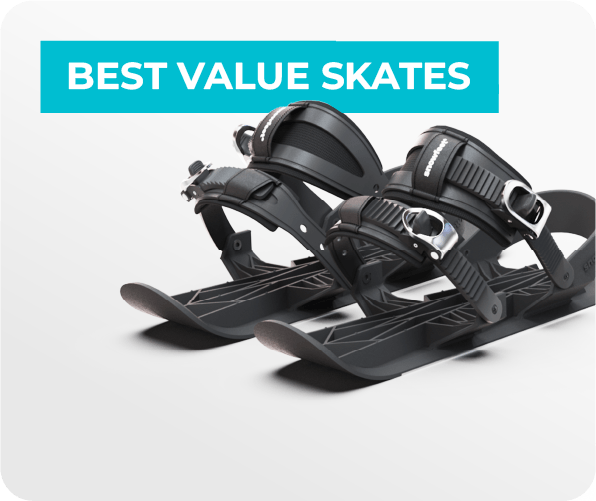
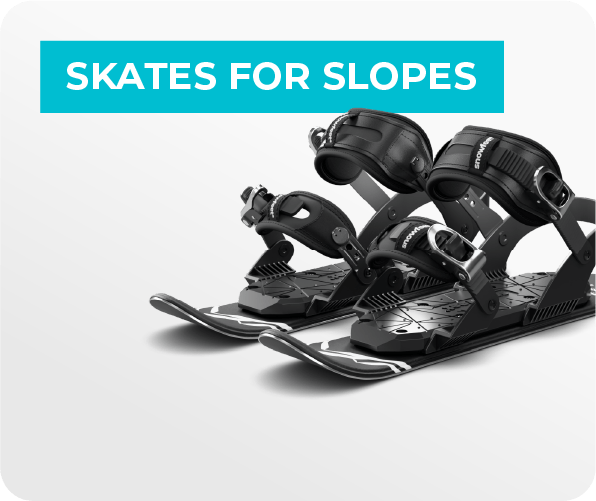
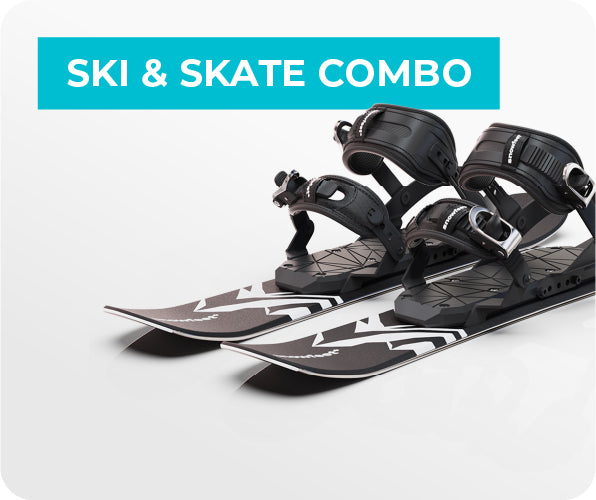
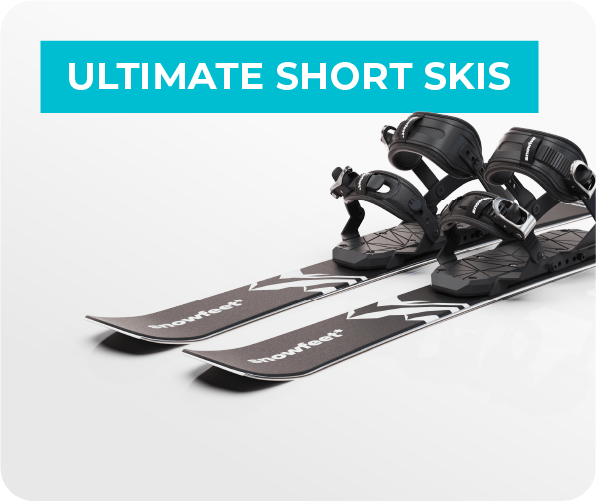
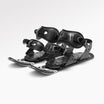
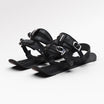
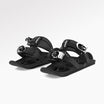
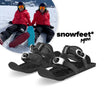
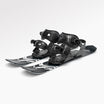
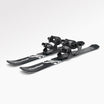
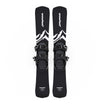
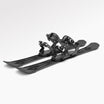
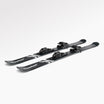
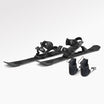

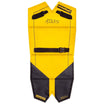
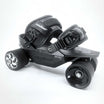

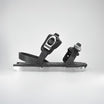
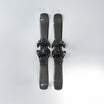
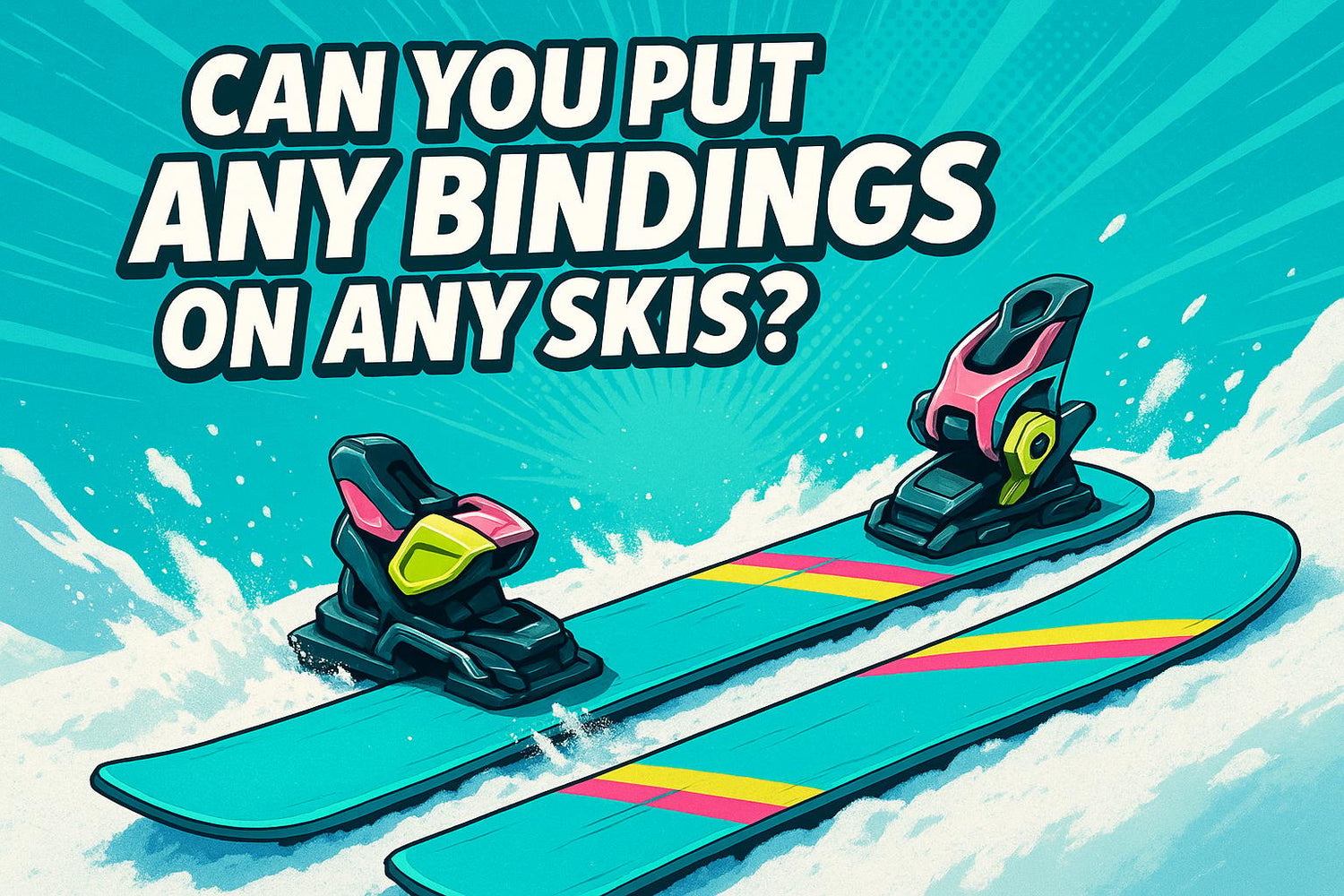
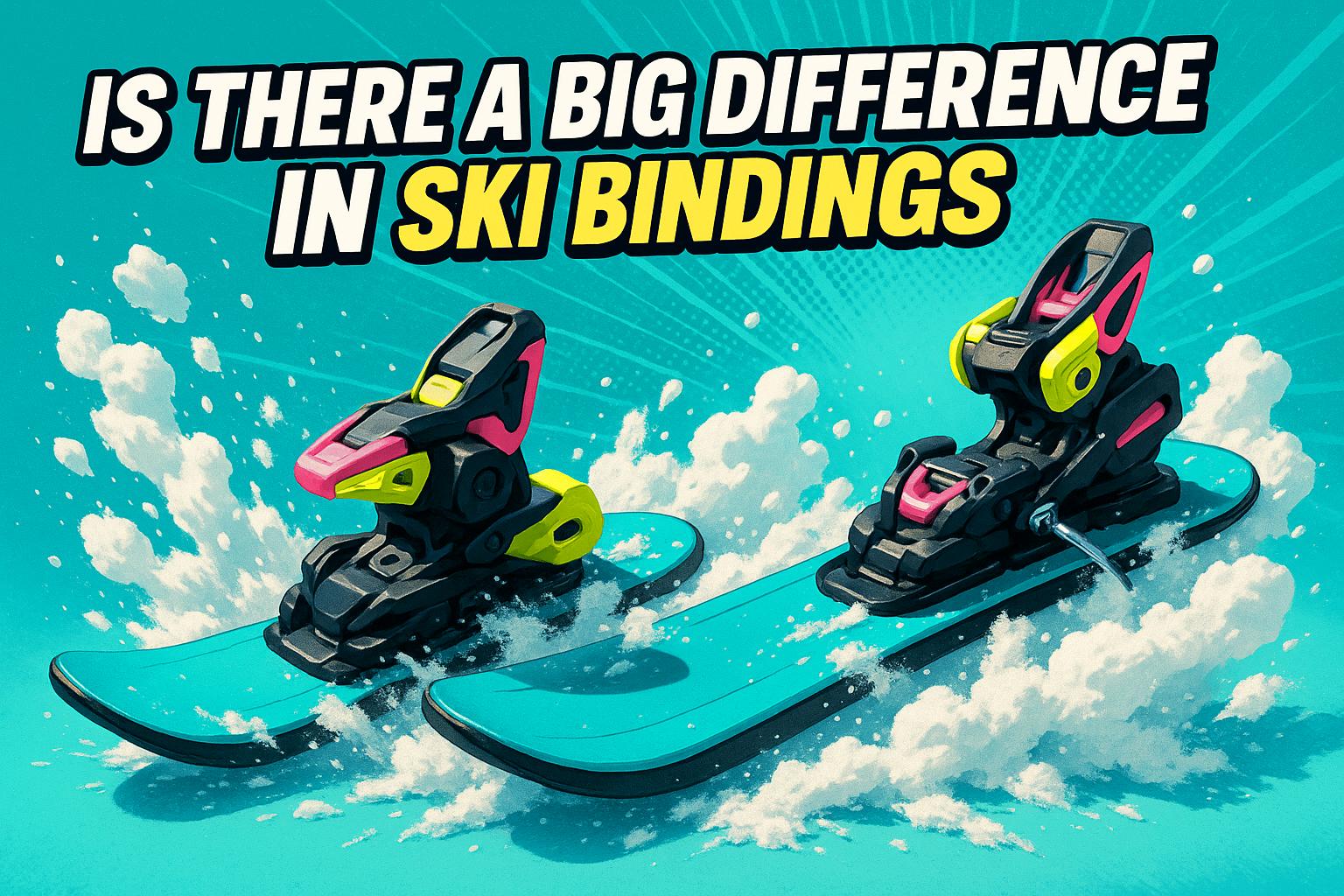
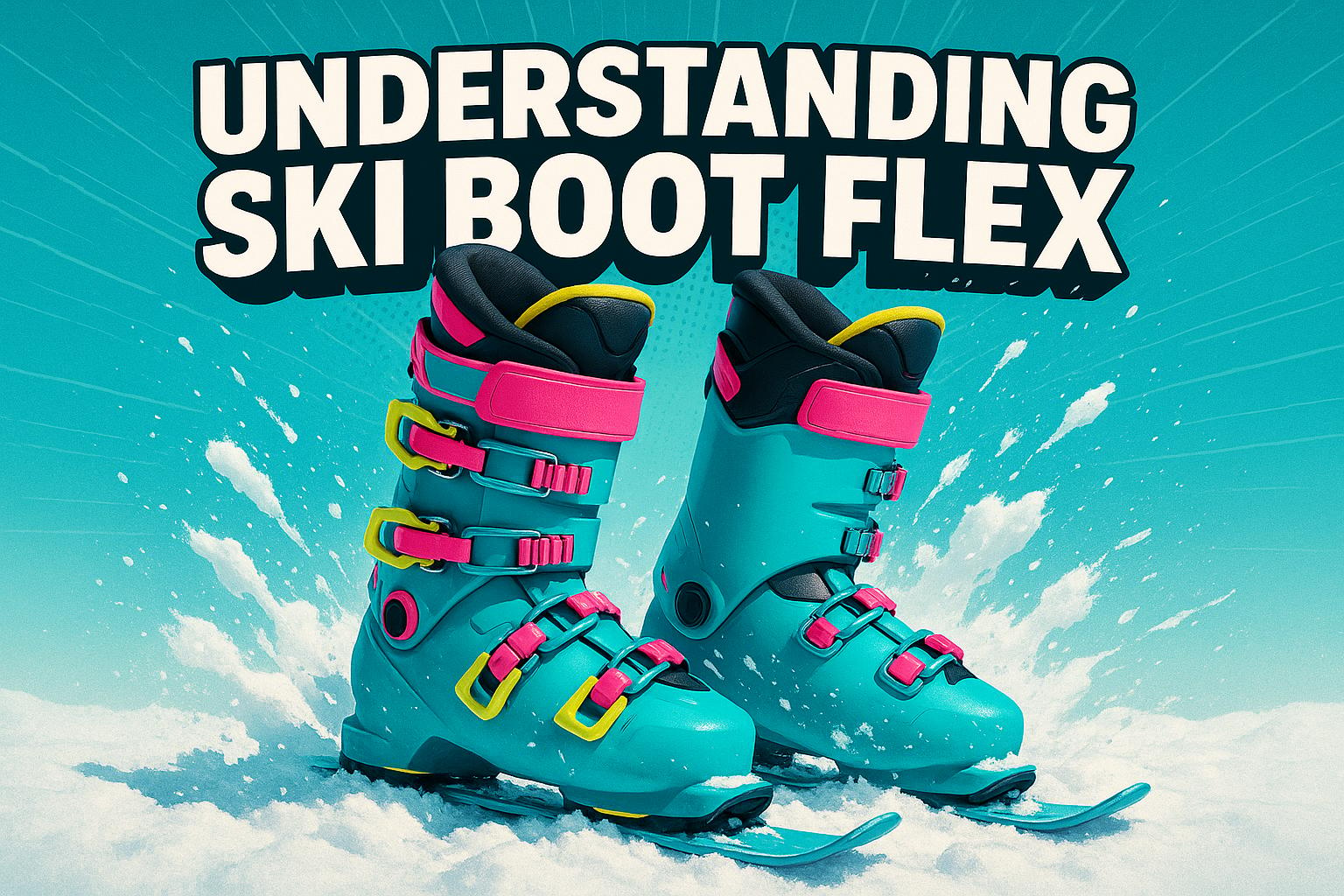
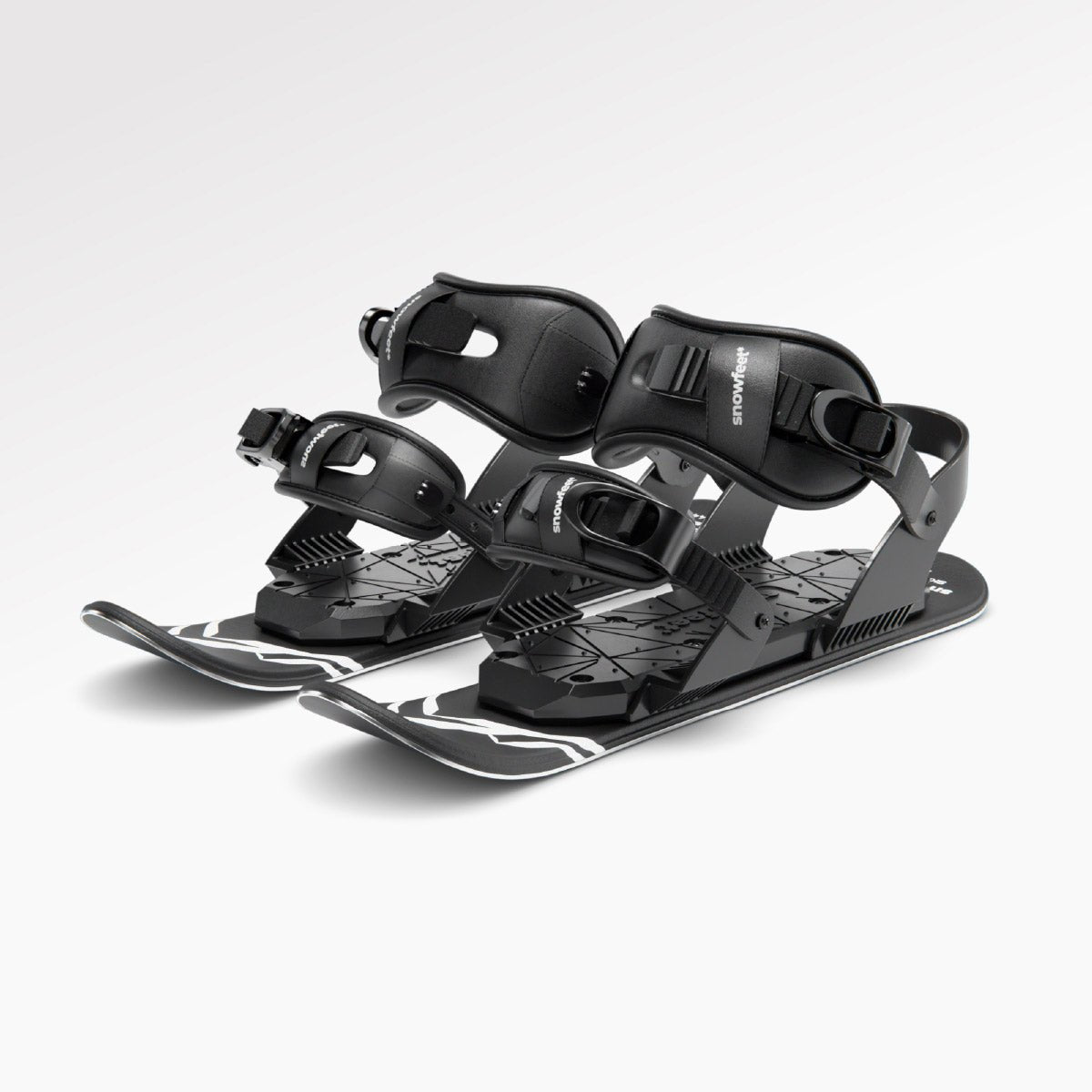
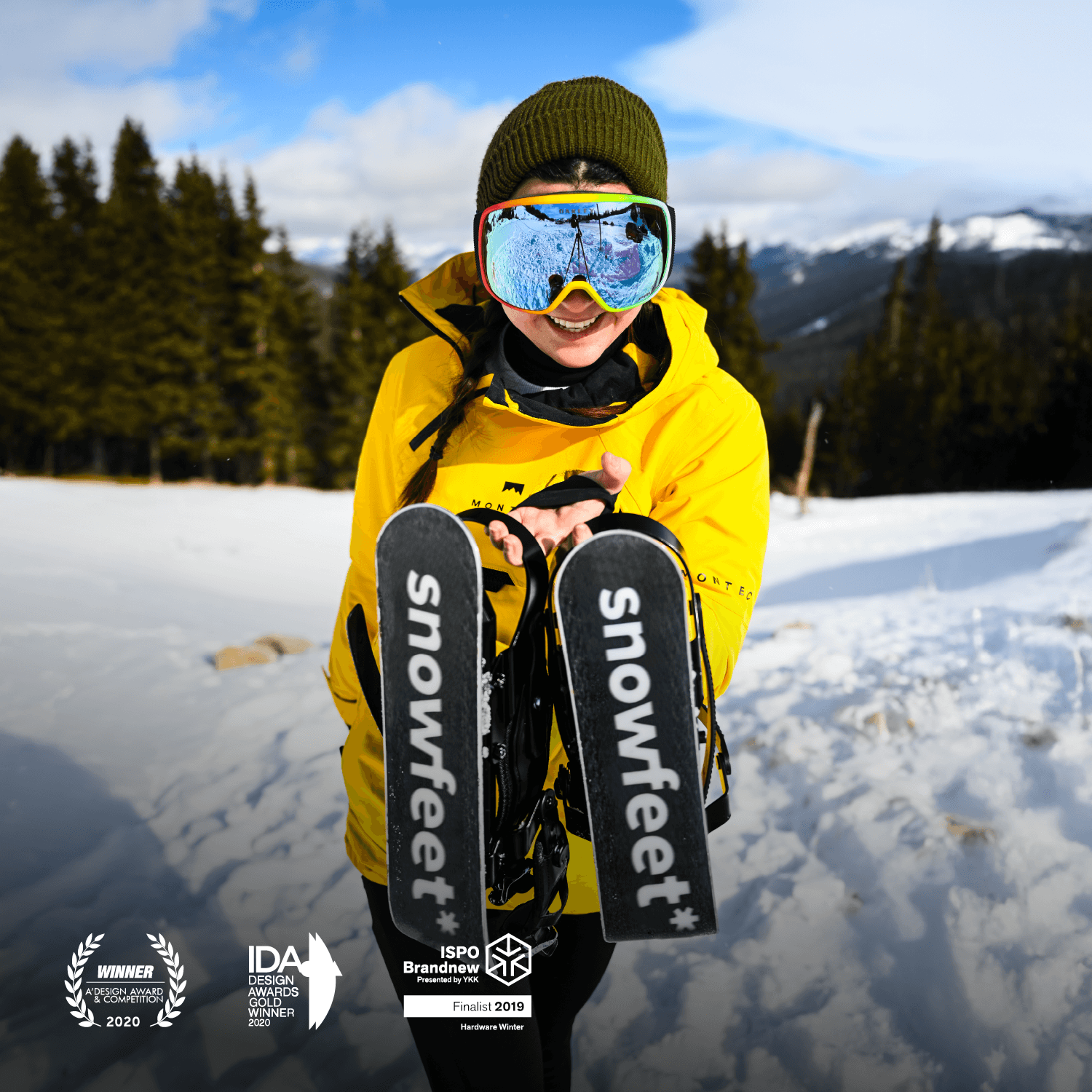
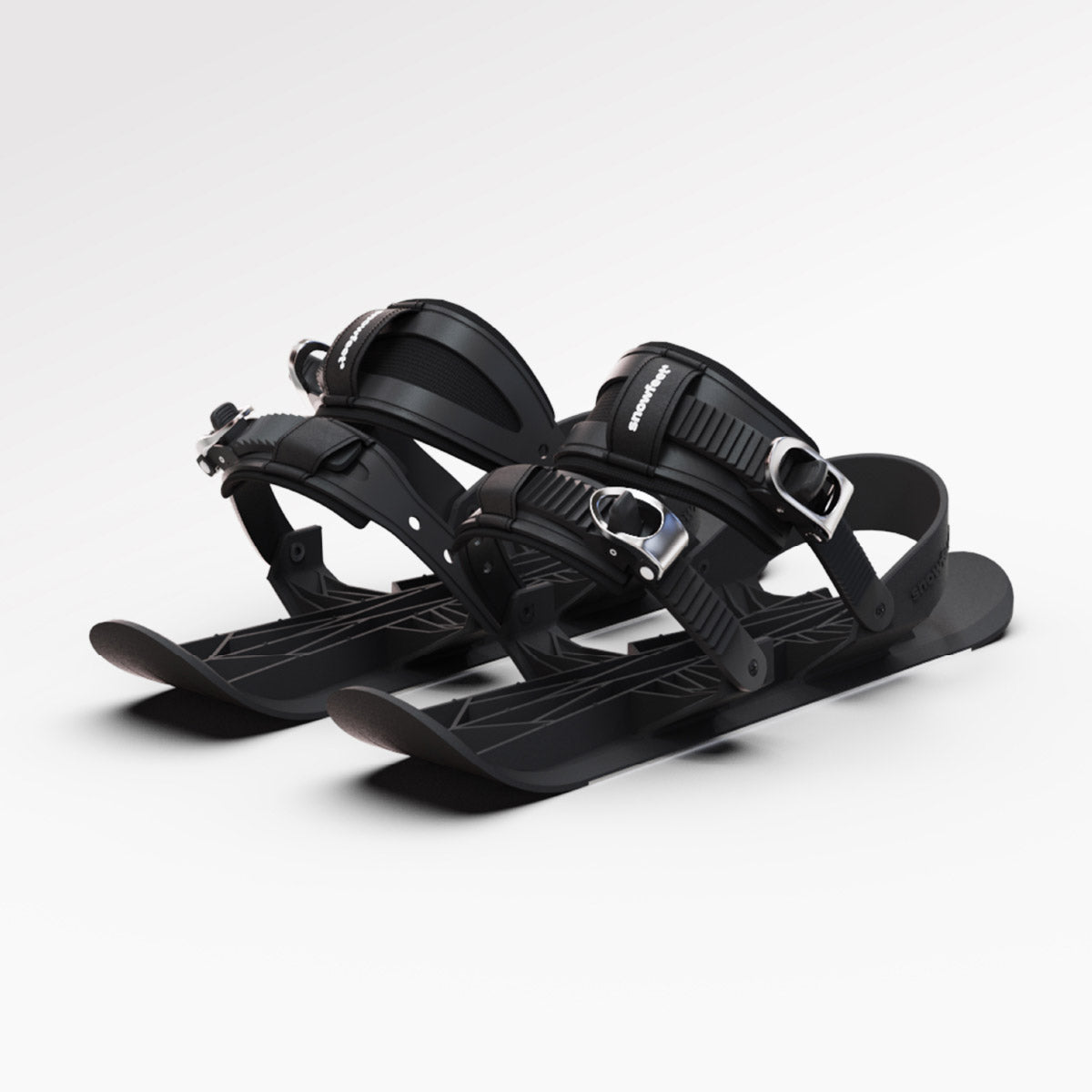
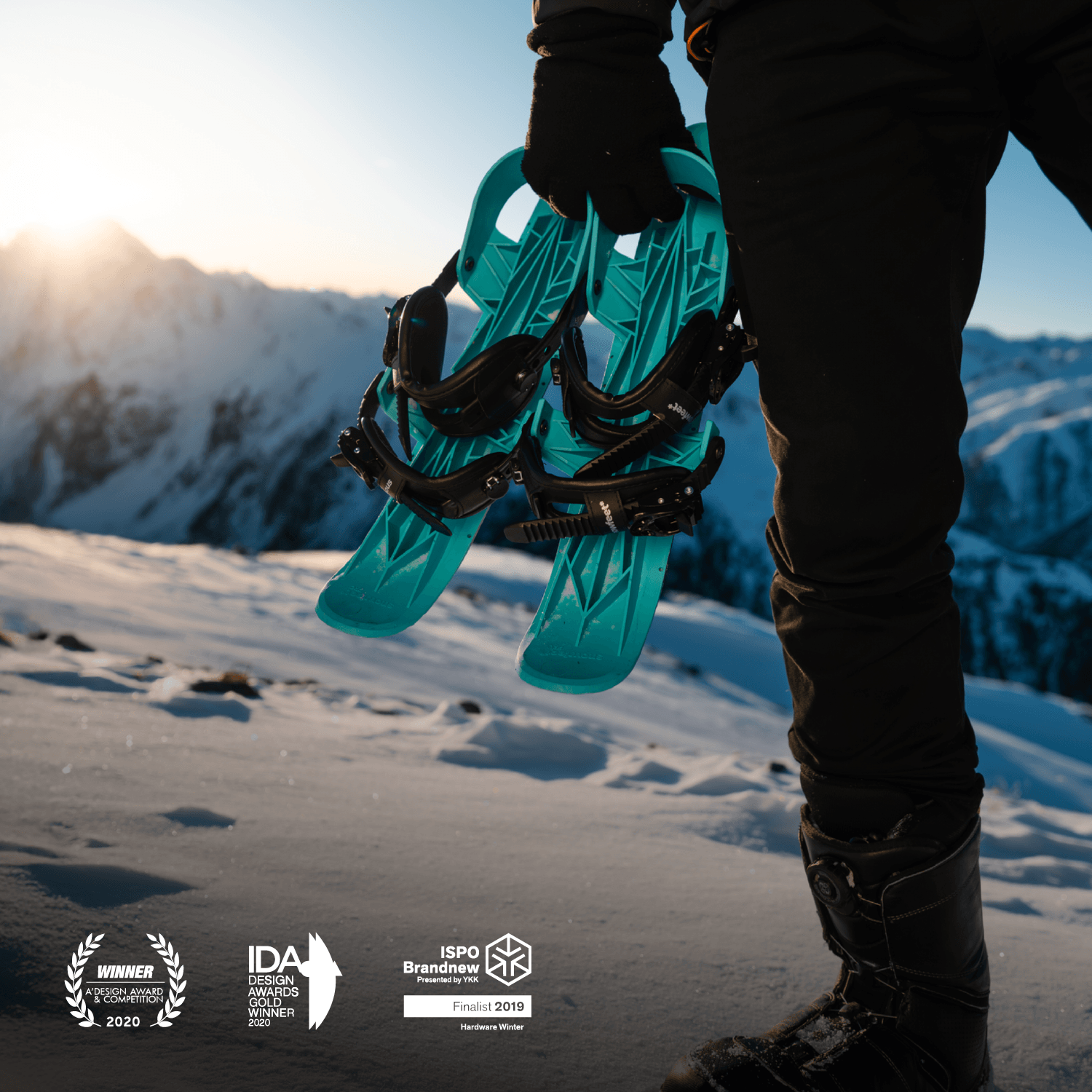
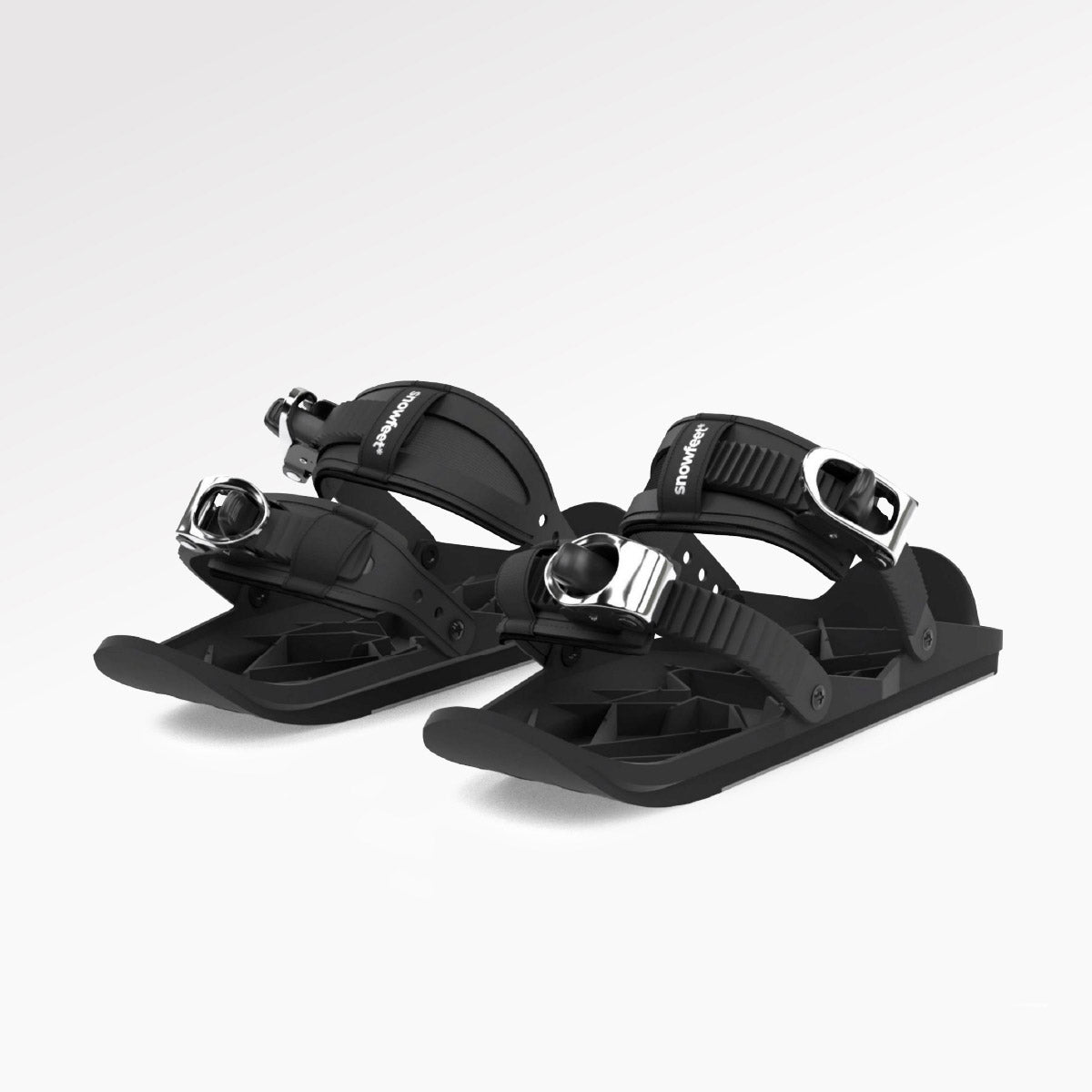
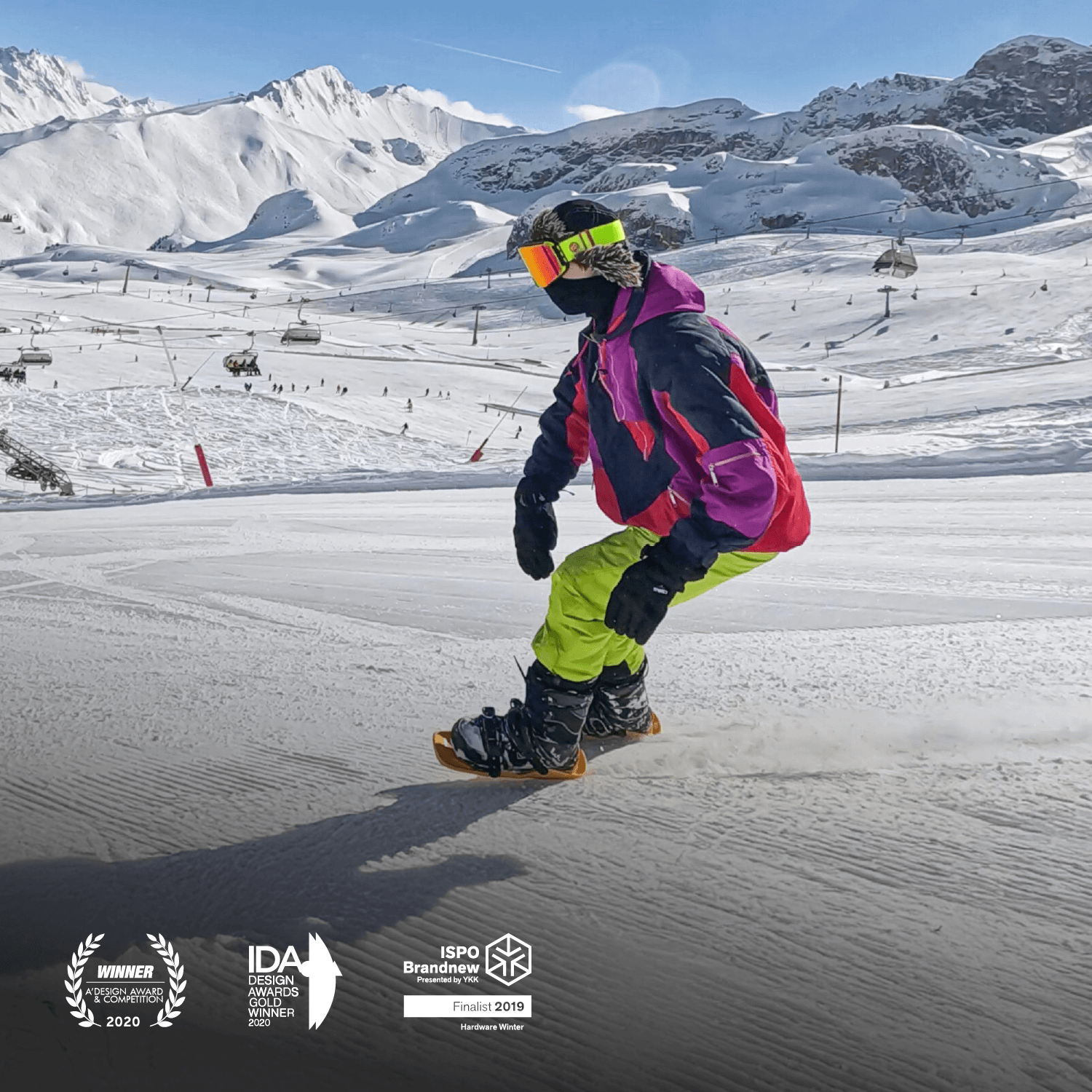
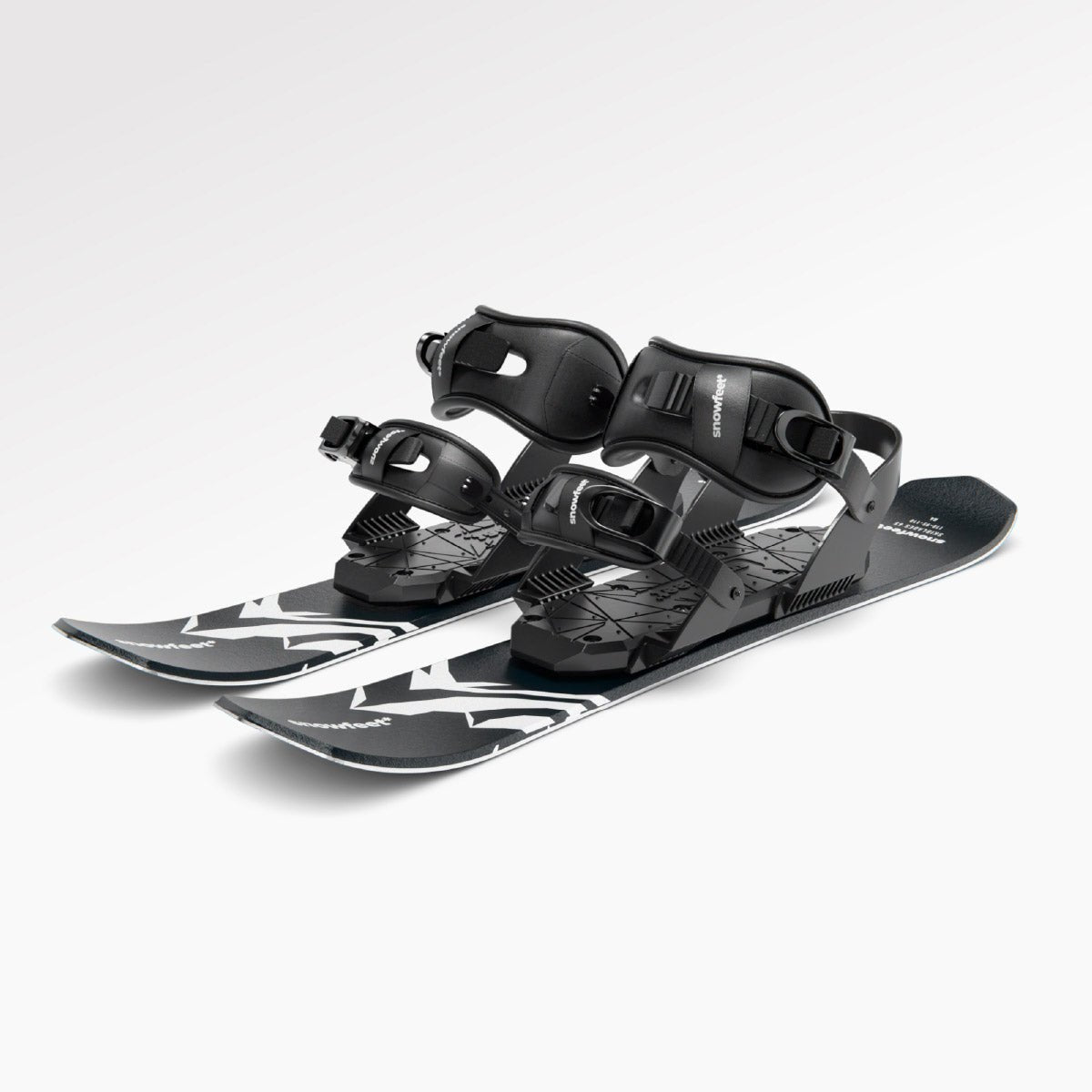
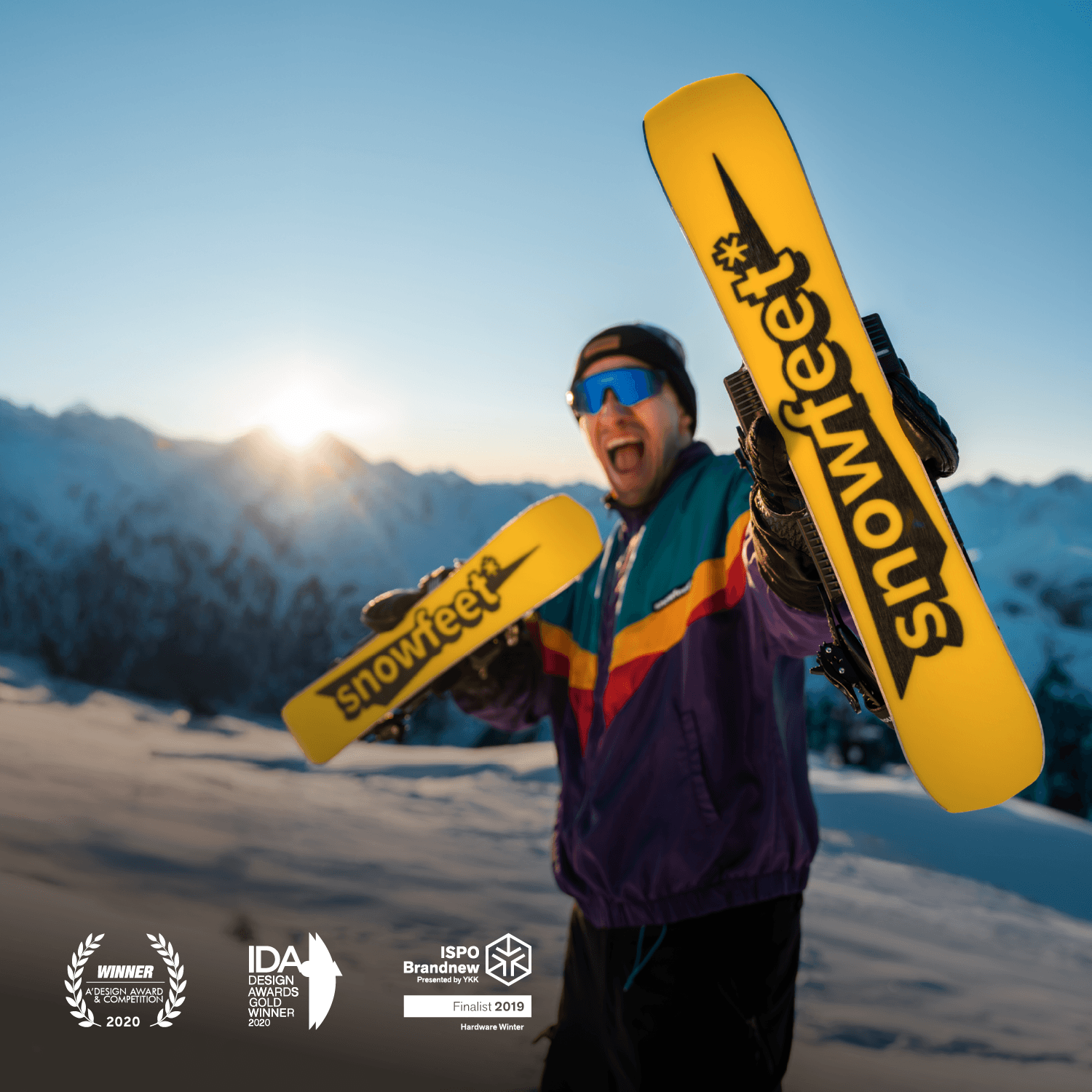
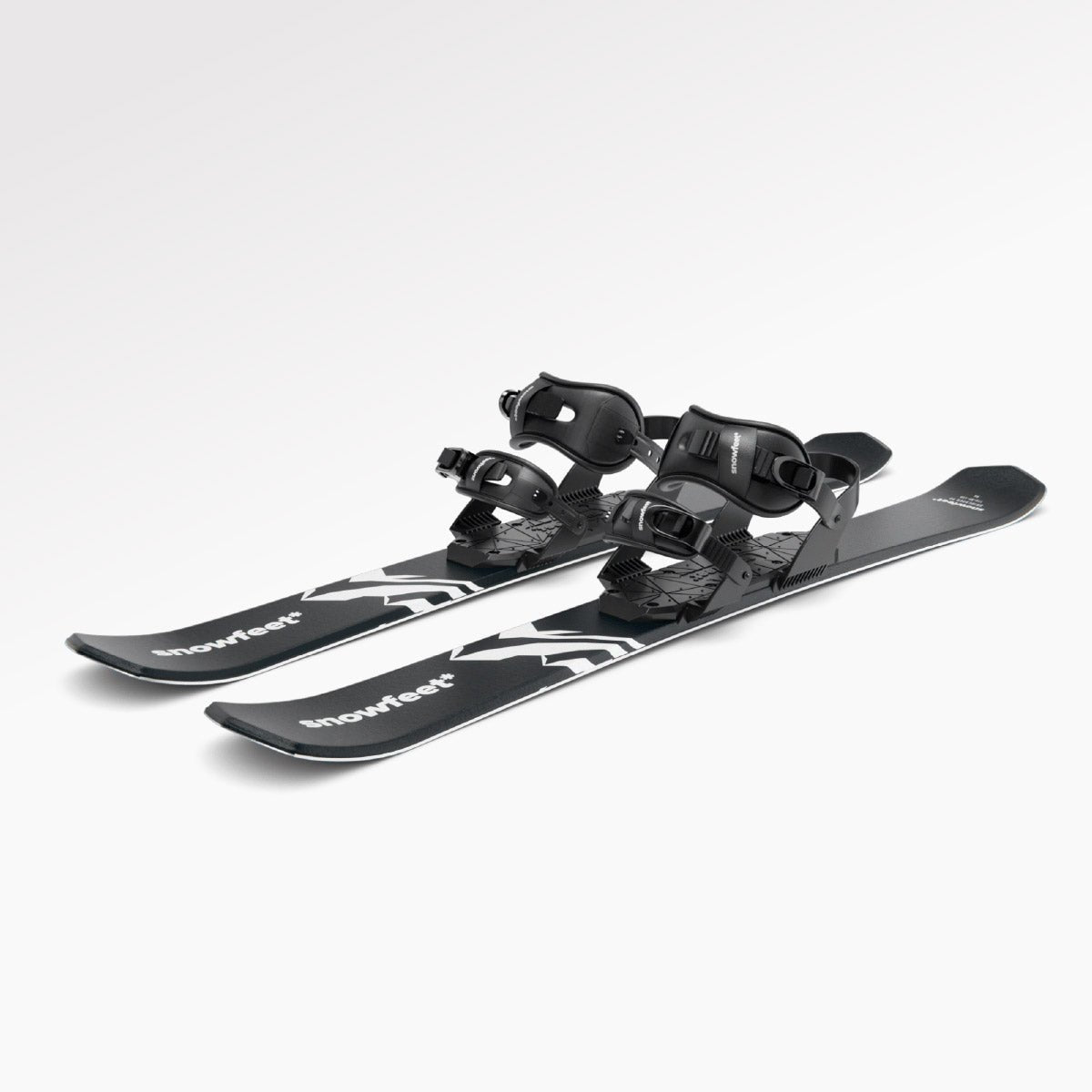
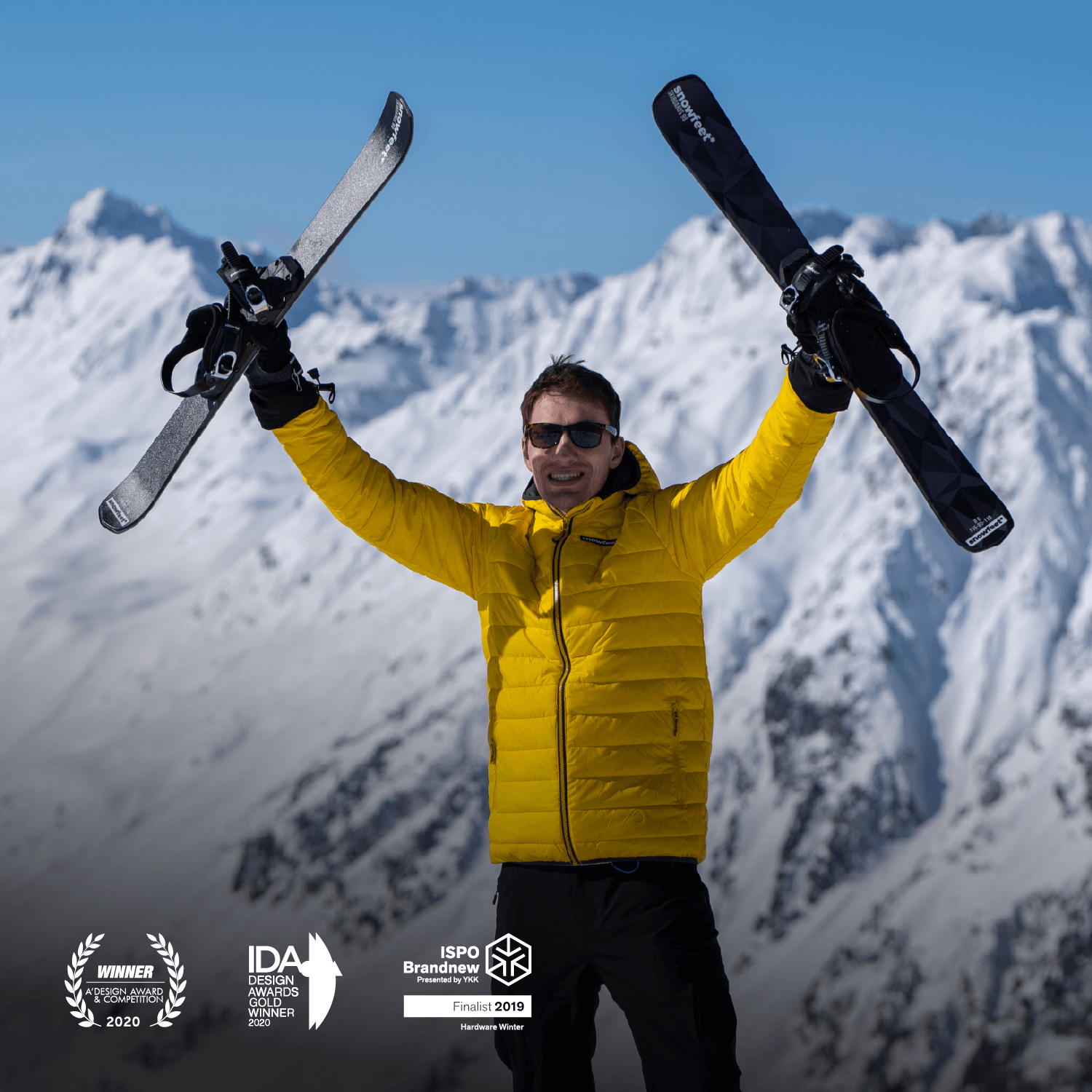
Leave a comment
This site is protected by hCaptcha and the hCaptcha Privacy Policy and Terms of Service apply.